 Editorial note from Megen de Bruin-Molé (Director of Doctoral Programmes, WSA): The following report, by WSA PhD Representative Jingnan (Bianca) Bian, looks back on an event coordinated by and for the WSA PhD community and Early Career Colleague (ECC) community. The path of a researcher after their PhD can be very different from person to person. This meeting was an opportunity for Postgraduate Researchers (PGRs) and ECCs to share their lived experiences, along with support and advice.
Editorial note from Megen de Bruin-Molé (Director of Doctoral Programmes, WSA): The following report, by WSA PhD Representative Jingnan (Bianca) Bian, looks back on an event coordinated by and for the WSA PhD community and Early Career Colleague (ECC) community. The path of a researcher after their PhD can be very different from person to person. This meeting was an opportunity for Postgraduate Researchers (PGRs) and ECCs to share their lived experiences, along with support and advice.
ECC & PGR Joint Event Report
Navigating Academic and Professional Pathways — Insights from Diverse Career Journeys
Date: 7th March
Location: Room 7 South Building, WSA
Organised by: ECC & PGR Reps (Jingnan Bian, Michael Kurniawan, Yimeng Li, Elissa Wang, Dimitra Gkitsa, Mazed Islam, Shan Wang)
Speakers
Dimitra Gkitsa
Mazed Islam
Ravi Dixit (Alumni)
Aybala Cakmakcioglu
Angelina Pan
Overview
This insightful event brought together a diverse panel of speakers who shared their personal journeys through academia and beyond. The session focused on navigating the PhD journey, transitioning to academic or industry roles, and the importance of resilience, adaptability, and proactive career planning. Each speaker provided a unique perspective, offering practical advice for early-career researchers and PhD students contemplating their next steps.

Speaker 1. Dimitra Gkitsa
Dr. Gkitsa provided an honest reflection on her PhD journey and the transition into an academic career. She discussed the challenges of balancing work commitments with doctoral studies, gaining valuable teaching experience, and the process of applying for jobs and research fellowships. Her story underscored the importance of perseverance and seizing opportunities to grow both academically and professionally.
Speaker 2. Mazed Islam
Dr. Mazed emphasized the importance of a balanced approach to academic careers, integrating teaching, research, leadership, and management. Drawing from his experience in both industry and academia, he highlighted the need to remain adaptable in the face of career challenges. His final advice centered on self-awareness, building supportive networks, and staying open to opportunities to ensure a resilient and fulfilling career path.
Speaker 3. Ravi Dixit
Sharing his unique transition from industry to academia and back to the corporate sector, Dr. Dixit illuminated the transferable skills gained during a PhD — including research, communication, and project management. He encouraged attendees to explore varied career pathways, build professional networks, and utilize university resources. His message: remain adaptable, understand your strengths, and stay open to hybrid career models.
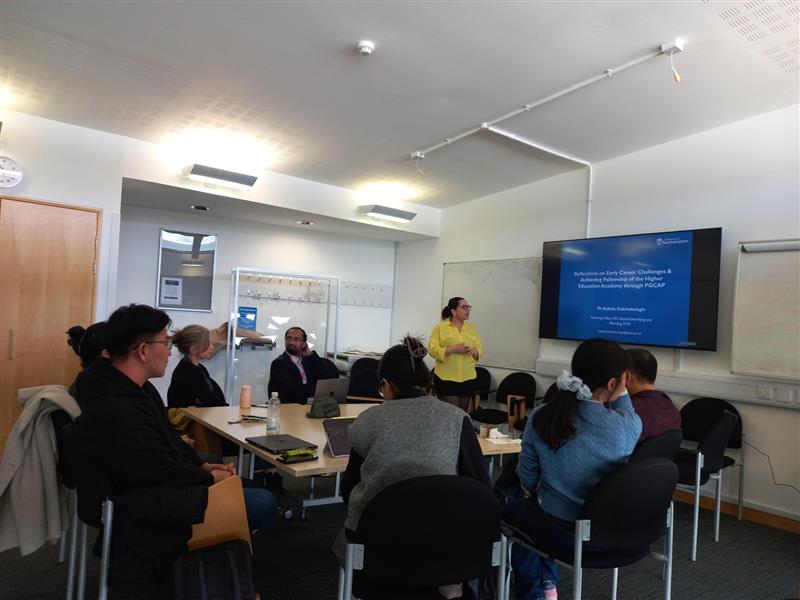 Speaker 4. Aybala Cakmakcioglu
Speaker 4. Aybala Cakmakcioglu
Aybala, speaking from her experiences as an international student navigating academia and industry, emphasized the importance of resilience, adaptability, and proactive learning. She discussed institutional expectations, teaching experiences, and the role of reflection in career development. Attendees were reminded to seek mentorship, leverage career services, and continuously reflect on their professional growth.
Speaker 5. Angelina Pan
Angelina shared her candid experiences of academic rejections, teaching responsibilities, and the eventual success of securing a postdoctoral role. She stressed the importance of handling setbacks with resilience, building teaching and research profiles strategically, and planning early for the job market. Her guidance encouraged balancing personal well-being with professional ambitions and recognising the long-term value of skills developed throughout the PhD journey.
Conclusion:
The event provided a wealth of practical advice and personal insights, empowering attendees to confidently navigate their academic and professional journeys. By embracing resilience, adaptability, and proactive career planning, PhD students and early-career researchers can chart fulfilling paths in academia, industry, or beyond.
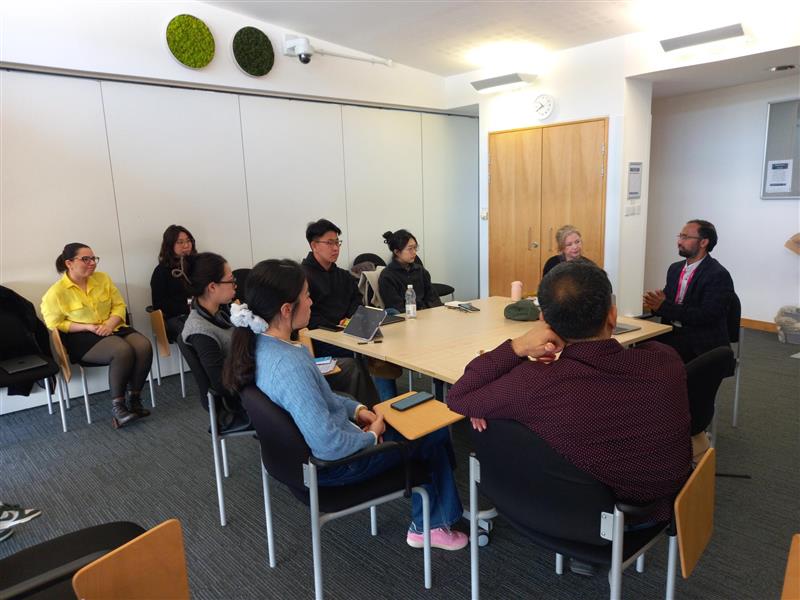
 On 12 November, the WSA PhD Seminar is excited to welcome Dr Rachel Hann (Northumbria University, Newcastle), who has extensive experience with practice-based research across Fine Art, Design, and Fashion/Textiles.
On 12 November, the WSA PhD Seminar is excited to welcome Dr Rachel Hann (Northumbria University, Newcastle), who has extensive experience with practice-based research across Fine Art, Design, and Fashion/Textiles.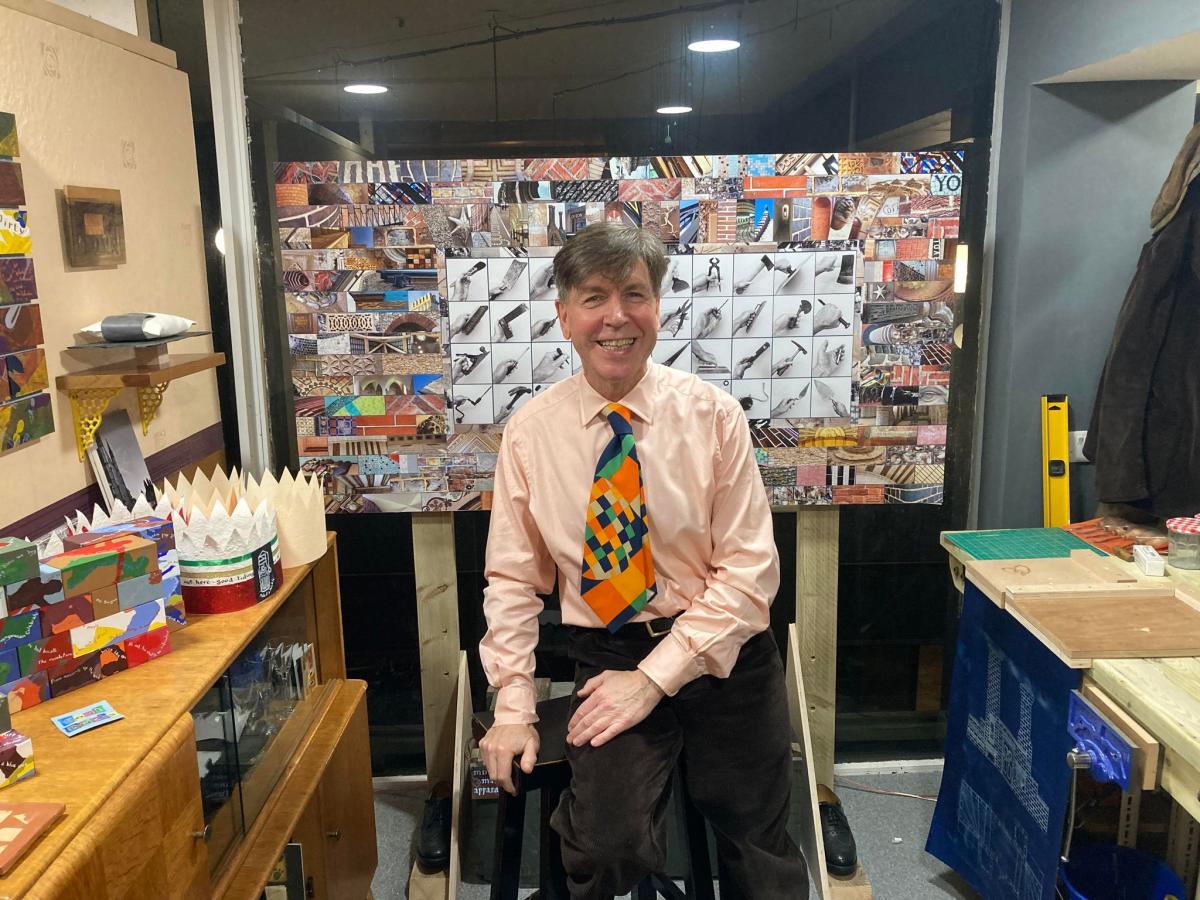


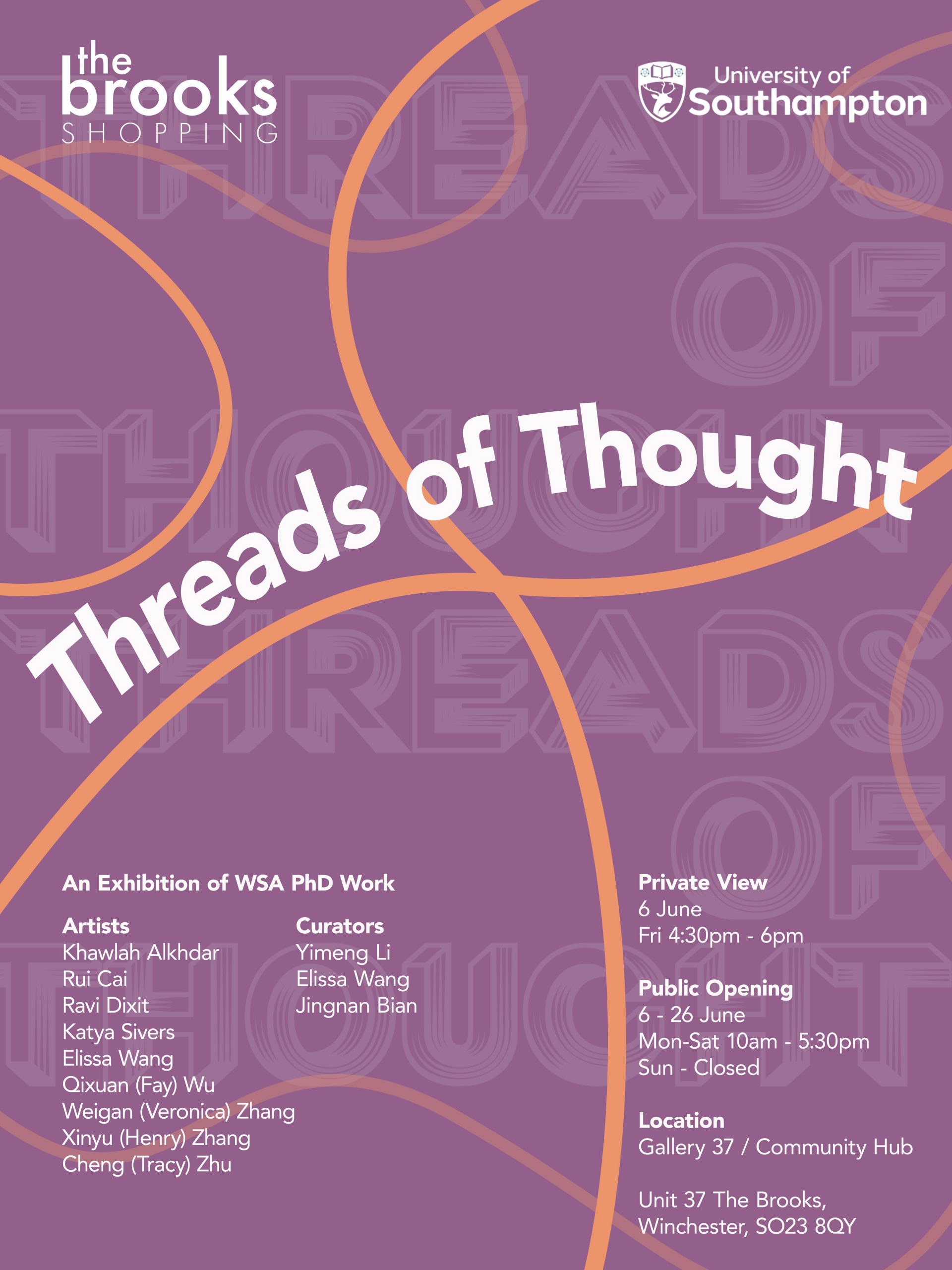




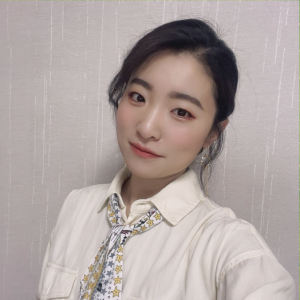

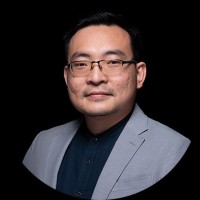



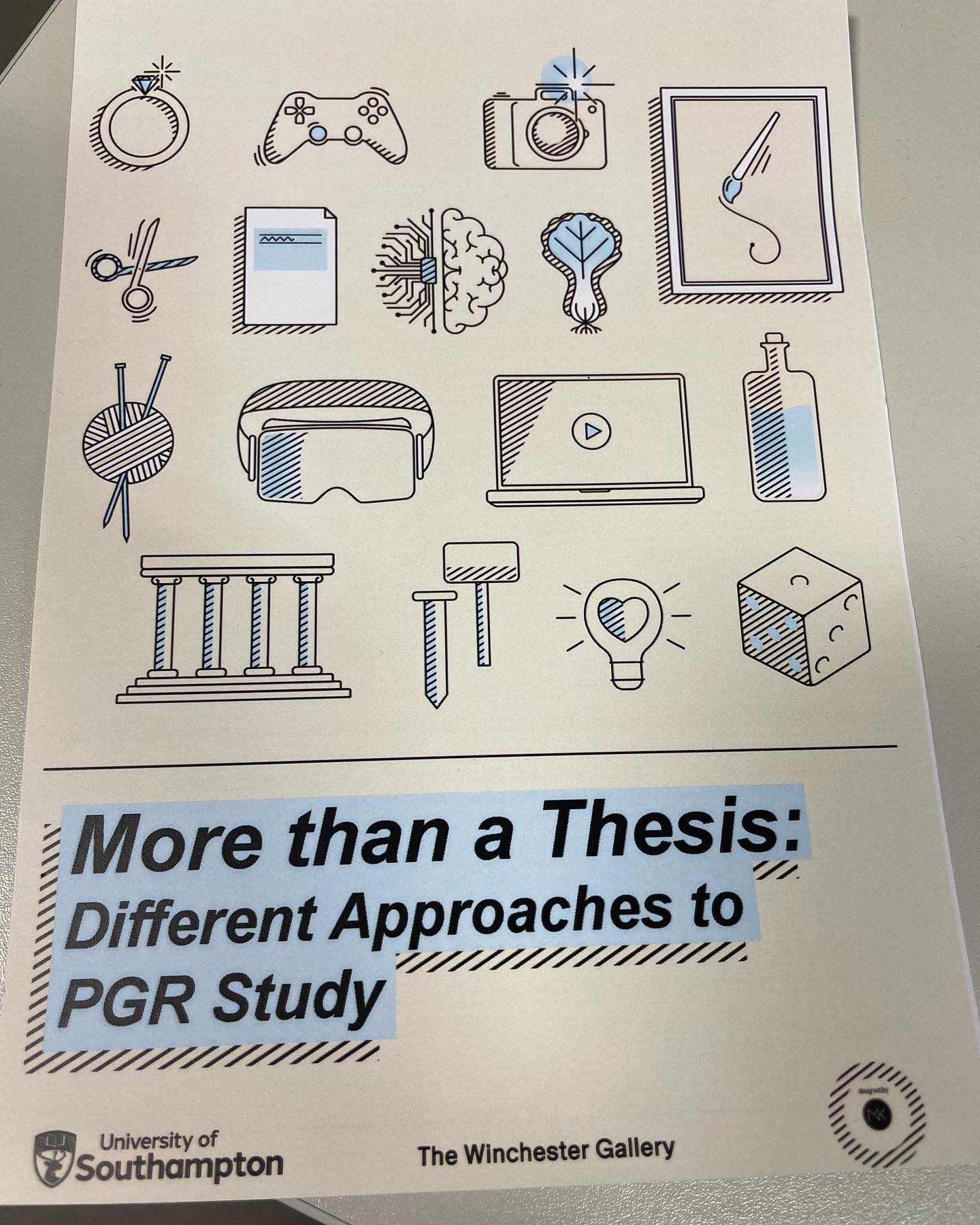
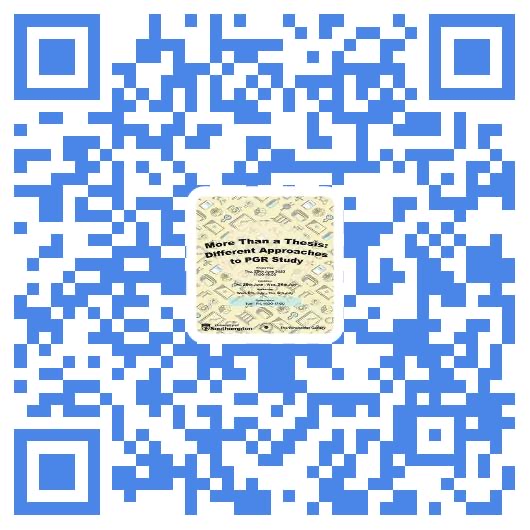
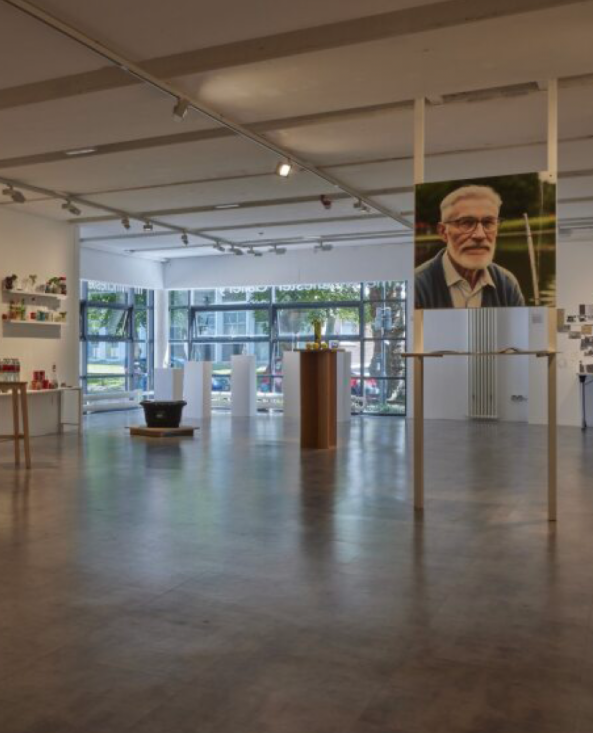
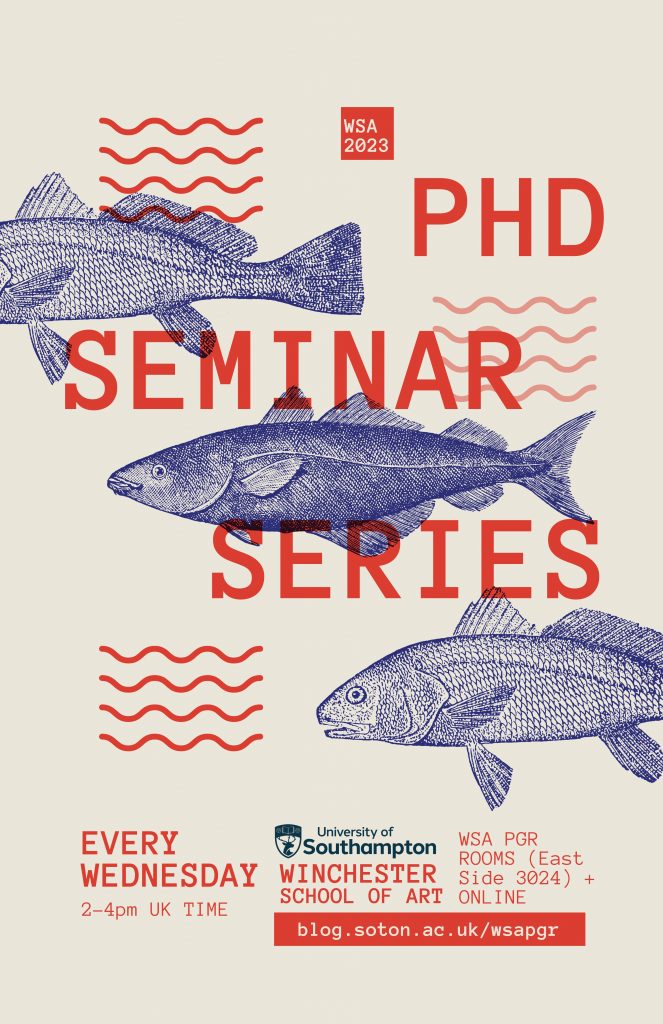 The Winchester School of Art PhD Seminar Series will be resuming from today (4th October).
The Winchester School of Art PhD Seminar Series will be resuming from today (4th October).